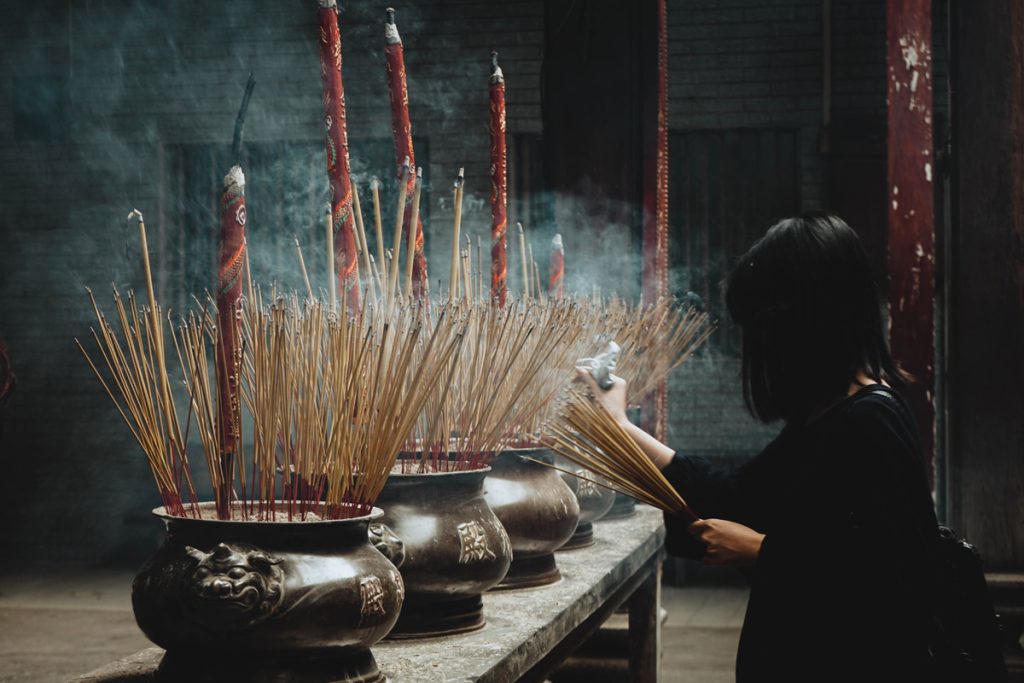The founders of Tricycle were the beneficiaries of Asian teachers who taught Buddhism in this country in the middle of the last century. Taizan Maezumi, Shunryu Suzuki, Chögyam Trungpa, and Mahasi Sayadaw come to mind. They, or their heirs, built communities with their early students, who embodied the enthusiasm and boundless optimism that the newly converted often do. They would be trained to bring the dharma to still others in fulfillment of their teachers’ aspirations.
The missionary zeal that led to the formation of these new communities, however, was not the same as the ministerial energy needed later to maintain them. As their centers grew, these teachers faced the task of establishing for their convert students stable organizations, something that required institutional know-how that most of them lacked. Nevertheless, though with varying degrees of success, many of the centers achieved a longevity that could not have been predicted in the 1970s, when most were formed. Indeed, the odds were against them.
This picture was in stark contrast to the Buddhist communities established a century or so earlier by Asian immigrants whose leaders held more traditional ministerial roles. They not only taught the dharma but also officiated at rituals acknowledging life’s markers—birth, marriage, death. The role of the teachers in old and new American Buddhist communities differed less significantly in cultural background than in functional emphasis. And while the older communities ministered to the needs of a largely lay community, students in the new centers adopted a quasi-monastic model with a focus on meditation; for life’s markers, they either revisited the rituals of their faiths of origin or did without.
Related: Buddhist Death Rites
I think of this now because my father died recently. A traditional Catholic mass memorialized his life, with its reliably familiar liturgy and ritual. The funeral unfolded just like countless others I’ve attended: the murmur of call-and-response; the smell of incense; Schubert’s “Ave Maria” sung with more poignance than skill; and finally, communion. It was both distant and familiar, an echo of childhood, its sweetness punctuating a long life well lived. It made me think of what can feel so lacking in my newfound practice: a way to experience life’s big changes, particularly loss, as a community. I think of this particularly when, say, a Jodo Shinshu priest who contributes to Tricycle cannot accept an assignment because she is simply too busy officiating at a marriage, ministering to the sick, consoling a bereft spouse.
I do not plan to return to a faith I left long ago, although I understand those who do. Or to replicate the centuries-old rituals I knew. But I do feel their absence, I do feel their loss, and suspect that those of us who are heirs to the Buddhist teachers who arrived with such optimism in the mid-20th century can benefit from the experience of the Buddhists who preceded them.
I used to think something had been sacrificed with the insistence on organizational rigor that now characterizes many of the new Buddhist centers. Perhaps it was the creative energy that beginner’s mind fosters, the lived experiment.
I’m not so sure now. I once asked Joseph Goldstein, cofounder of the Insight Meditation Society in Barre, Massachusetts, if anything had been lost in the institutionalization of his center. He answered with understated humor: “Some of the chaos.”
It may be that in time, with stability, the newer centers, like the temples earlier established, will find a way to include a more ministerial outlook to complement their training. As communities change, so, too, does the breadth of concerns to which they are called to respond—that is, to which they minister.
Thank you for subscribing to Tricycle! As a nonprofit, we depend on readers like you to keep Buddhist teachings and practices widely available.
